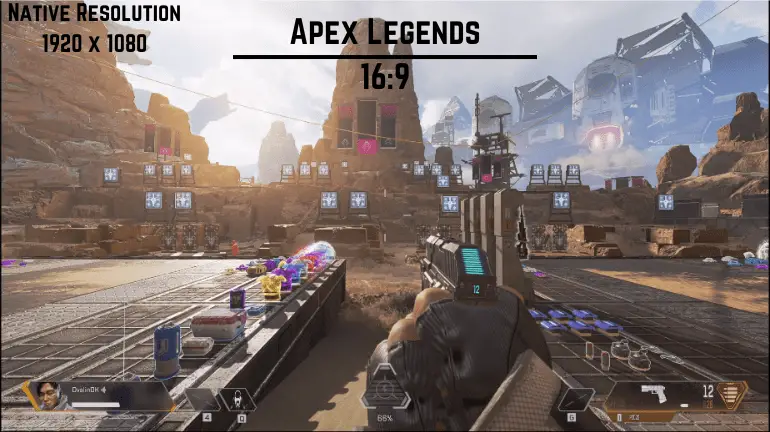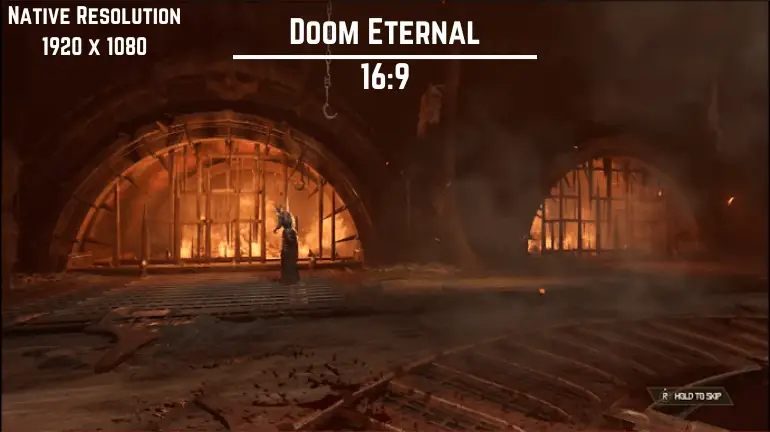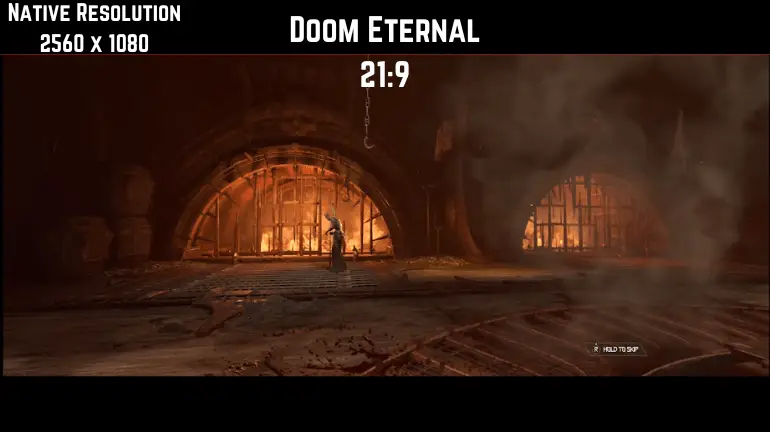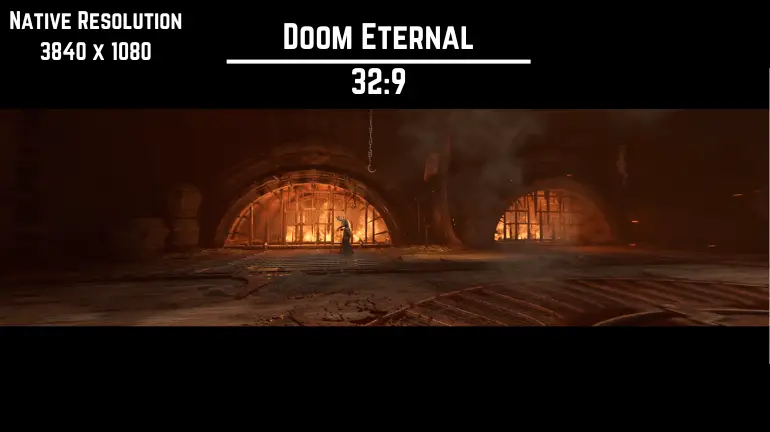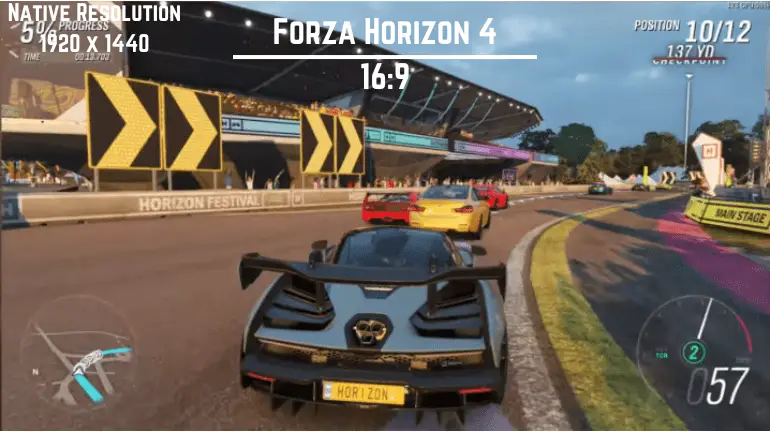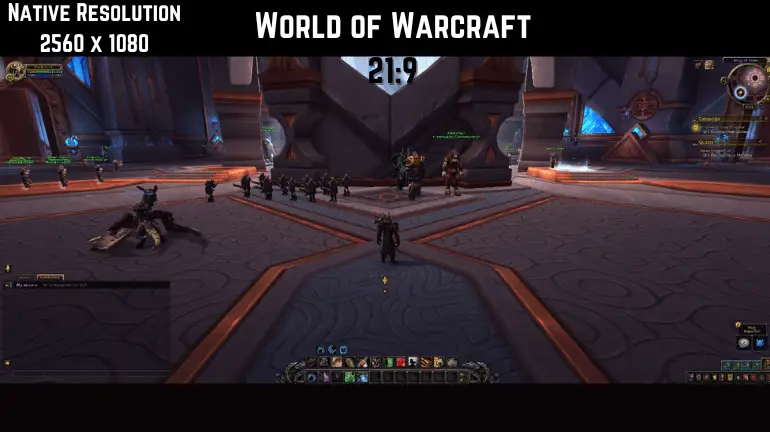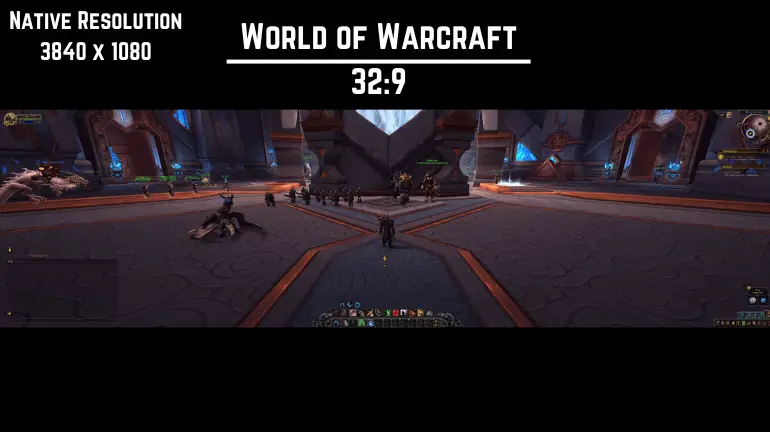How Aspect Ratio (16:9 vs 21:9 vs 32:9) Effects Gaming?
Ever wondered why the visuals of the same game feel different on various screens’ aspect ratios, like on 16:9, 21:9 and 32:9?
The most commonly used screen format was 16:10. But this screen format gradually declined in use, being replaced by the already universal 16:9, which was followed many years later by the UltraWide (21:9) format and, more recently, by Super UltraWide (32:9).
But what most of us can’t figure out is what games look like on these different screen ratios.
So, do wider screens mean better gameplay? How do these aspect ratios shape your gaming experience? And showing you how different popular games look on different ratios in this post.
16:9 vs 21:9 vs 32:9
The first one gives the ratio of the screen to the horizontal, while the second indicates the ratio to the vertical. So when one monitor has a 16:9 screen and another a 32:9 screen, we know that while the vertical ratio, i.e. height, is the same on both models, the second model has twice the horizontal screen of the first. This is how you measure monitor aspect ratio.
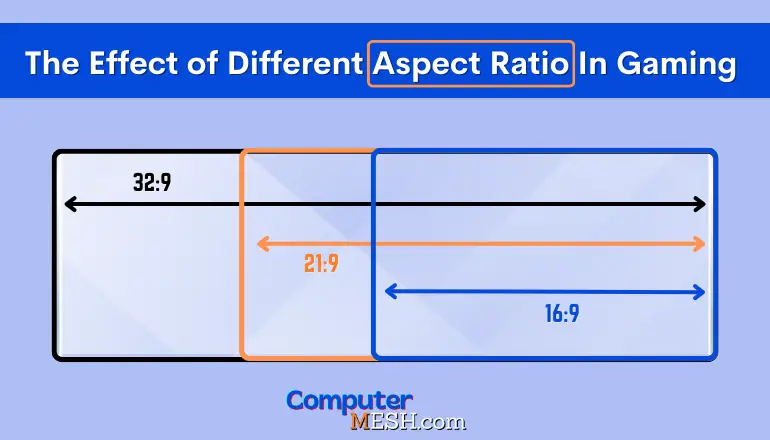
16:9 Aspect Ratio
The 16:9 aspect ratio is the most common for gaming and regular monitor setups too has a resolution of 1920×1080 or 2560×1440 pixels.
Most modern games are developed to work on this standard aspect ratio natively so that you can expect a view of its original design in game titles like FPS and TPS without stretching of view or graphics being cut off.
Outside of gaming, it is also optimized for most video content like movies and TV shows, allowing for optimal full-screen viewing without any empty black bars on the top or bottom.
Since 16:9 is the current standard, 4k is possible from your latest version of Displayport or HDMI as well as you’ll find many peripherals and accessories available in the market, such as screen protectors, monitor arms, and more.
Though it is compatible with wide games and multimedia, made this a standard aspect ratio today.
However, one can feel narrow when using multiple monitors at one time and running programs like video editing software.
21:9 Aspect Ratio
21:9 monitors, also called Ultrawide, have a wider screen and resolution of 2560×1080 or 3440×1440 pixels than 16:9 monitors, becoming increasingly popular among users.
This extra width gives you an advantage when gaming by allowing more of the game to be displayed on the screen, giving you a wider field of view, particularly noticeable in racing games, FPS, and open world games, providing you with an immersive experience.
Although it is easier to spot enemies and other objects in games at the same time, you won’t be able to see more of the screen at a time also requires more time to move your mouse cursor from one side to the other, turn out to be a disadvantage in games like Valorant where speed matters.
Many professional and competitive gamers prefer standard 16:9 monitors or even 4:3 aspect ratios because these are the standards in eSports tournaments. Additionally, some games might restrict the field of view on ultrawide monitors to prevent a competitive advantage.
And yes, running games in ultrawide resolutions can be more demanding on your PC specs. If you have a low-end GPU, not enough GPU’s RAM, you will notice a decrease in fps and yes this monitor doesn’t run 144hz.
With more horizontal screens, ultrawide monitors can be used instead of dual monitor setups to manage several windows side by side without any bezels. This can benefit productivity tasks like video editing, graphic design, or any workflow involving multiple windows or panels side-by-side.
Similarly, many movies and cinematic content are produced in a 21:9 format or something close to it for a more immersive experience. However, there are also some disadvantages. For example, some video characters may look stretched or cut off when viewed on a 21:9 monitor.
Additionally, not all games are optimized for this aspect ratio, particularly old games and console ones that could appear distorted or have black bars on the sides of the image. Thankfully, newer games tend to support 21:9. Also, Ultrawide monitors can be more expensive than their 16:9 counterparts.
32:9 Aspect Ratio
32:9 Aspect Ratio is a new contender known as super ultrawide has resolutions of 3840×1080 or 5120×1440 pixels. Sometimes, it is known as a “double-wide” monitor because it is equivalent to two 16:9 monitors combined.
Games with a lot of horizontal movement with beautiful, expansive environments or those that benefit from a wide field of view, such as racing games, flight or truck simulators, help you achieve an extremely immersive experience like no other, even more than 21:9 as their panels are curved mostly.
However, it’s also worth noting that the picture quality from a 32:9 monitor can be slightly poorer than on its 21:9 counterpart due to the higher resolution (else you can enable DLSS). Many modern games also lack support for a 32:9 aspect ratio resulting in stretching or distortion in some games.
Compared to ultrawide monitors, super ultrawide monitors offer a more immersive movie-watching experience, especially for films shot in ultra-wide formats.
They’re great for multitasking and can be great workstations too, and you can have multiple windows open side-by-side saving effort and time switching between several windows, truly simulating a dual monitor setup of 16:9 without the bezel in the middle.
However, there are also some disadvantages; since these monitors are very wide will need a large amount of desk space and may require you to turn your head more often, which could lead to neck strain over extended use.
Also, letterboxing or pillarboxing artifact is common in 21:9 and 32:9 that creates empty black bars on the top or bottom when a video or games doesn’t support the aspect ratio.
Like in the case of a 21:9 monitor, monitors with a 32:9 aspect ratio are more expensive further high end specs adding cost more.
How Games look on 16:9 vs 21:9 vs 32:9 Ratios
Four game titles have been chosen to show you I have just discussed:
1. Apex Legends
2. Doom Eternal
3. Forza Horizon 4
4. World of Warcraft
As you can see in the screenshots, as we increase the screen ratio, the horizontal field of view also increases, remaining almost unchanged in the vertical. This, in games, can give us a tremendous advantage when locating our enemies or allies beforehand.
However, we must also take into account that, once we leave the traditional wide screens, prices can increase considerably (especially if we plan to put a Super Ultra Wide 32: 9 screen) and that the equipment required to be able to move games With ease at this resolution, it’s not going to be particularly cheap either.

